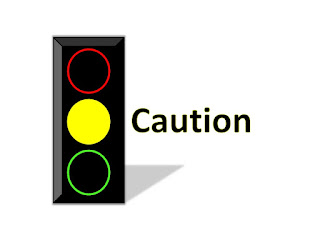Cyanos Activity August 16, 2018
Water is clean for recreation.
Disclaimer: The information presented below reflects conditions throughout the lake and may differ from conditions on specific shorelines. For information regarding beach closings please contact the Torrington Area Health District or local town officials.
On Thursday, August 16, 2018, AER visited Bantam Lake to conduct biweekly cyanobacteria
and monthly water quality monitoring as part of the ongoing lake management
program. Water column profile data and Secchi transparencies were collected
from the North Bay Site (N 41.71087° W -73.21155°), the Center Lake Site (N 41.70056°
W -73.22102°), a site west of Point Folly (N 41.70773 W -73.22638), and at a site in the
South Bay region of the lake (N 41.69015 W -73.22728). Algae samples and other water
samples were collected at the North Bay and Center Lake sites. Algae samples were
analyzed by methods described in an earlier memo.
Cyanobacteria cell concentrations were low and similar to those observed on July 30th
(Fig. 1) which occurred four days after a copper sulfate treatment. The recent cyanobacteria
cells concentrations at the North Bay and Center Lake Sites were 558 and
2,702 cells/mL, respectively and comprised 25% and 66% of total algal cells counted in
those samples, respectively. These relative abundances of cyanobacteria are the lowest
observed since early to mid-June.
The average Secchi transparency on August 16th of 2.60 meters was good but slightly
lower than the 2.77 meters average of July 30th
. Secchi transparencies at the four sites
were similar and ranged from 2.43 to 2.82 meters (Table 1). A higher than usual
amount of detritus was observed in the most recent samples, may be due to the approximately
1 inch of rain that fell in the area between August 13th and 15th, and may explain
the modest decrease in Secchi transparency.
The cyanobacteria genera Aphanizomenon spp., Dolichospermum spp., Microcystis
spp., Aphanothece spp., and Woronichinia spp. were observed in the August 16th samples
with the former two genera observed at both the North Bay and Center Lake sites.
At the North Bay site, Chlorophyta (green algae) and Chrysophyta (golden algae) comprised
54 and 17%, respectively of the total algal community. At the Center Lake site
green and golden algae comprised 29 and 4%, respectively of the flora. Relative abundance
of both green and golden algae have been trending upward since July 30th
. In contrast, on July 16th green and golden algae each comprised <1% of the algal community,
while cyanobacteria were >98% at both sites.
Surface water temperatures ranged from 25.9 to 26.2°C and were very similar to those
measured on July 30th. Bottom water temperatures were modestly higher than those
measured on July 30th indicating increased mixing and a transfer of heat to lower
depths. However, anoxic conditions were observed at the bottom of all sites while surface
water oxygen levels were approximately between 7 and 8mg/L.
On July 30th an additional set of water samples were collected and analyzed for nutrients
and chlorophyll to assess any impacts from the significant rains from July 23rd to
July 28th and from treatments that occurred on July 26th. A summary of those data
from surface waters is provided in Table 2. In summary, the total phosphorus concentrations
at 1m depth on July 30th were the highest of the season thus far while the total
nitrogen levels were the lowest thus far.
Data is collected and analyzed by Aquatic Ecosystem Research, who is contracted by Bantam Lake Protective Association.





